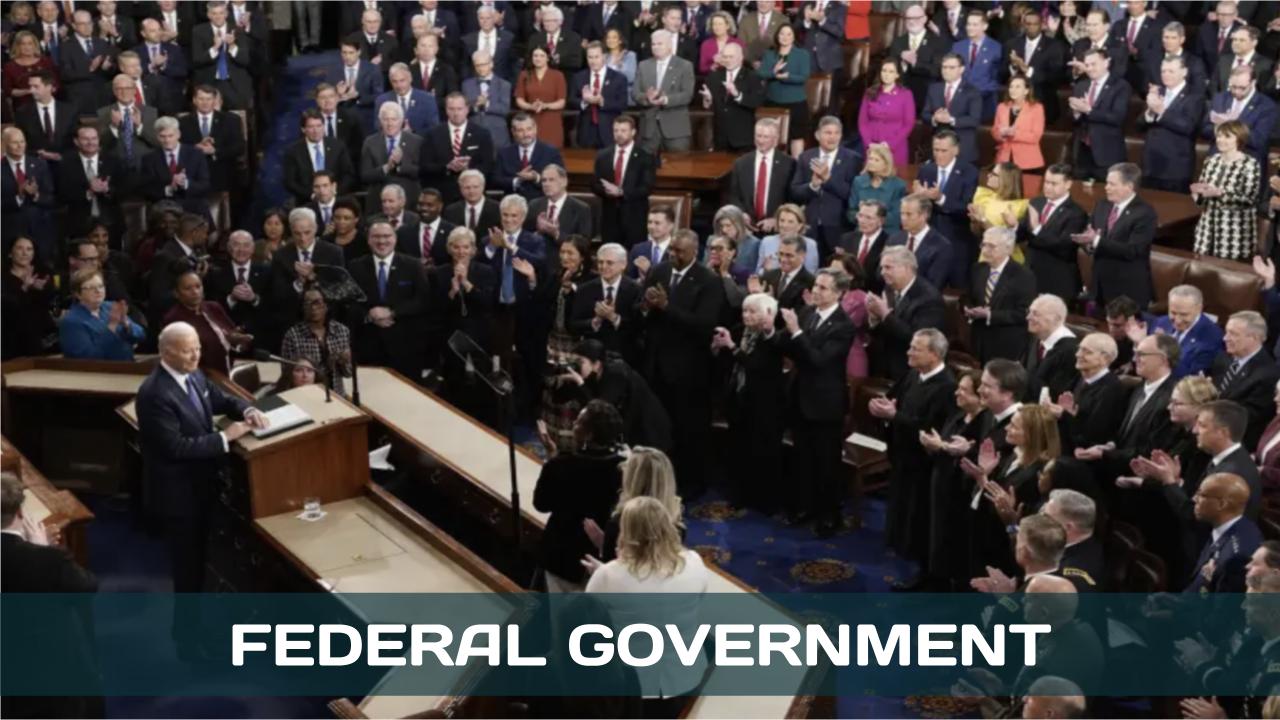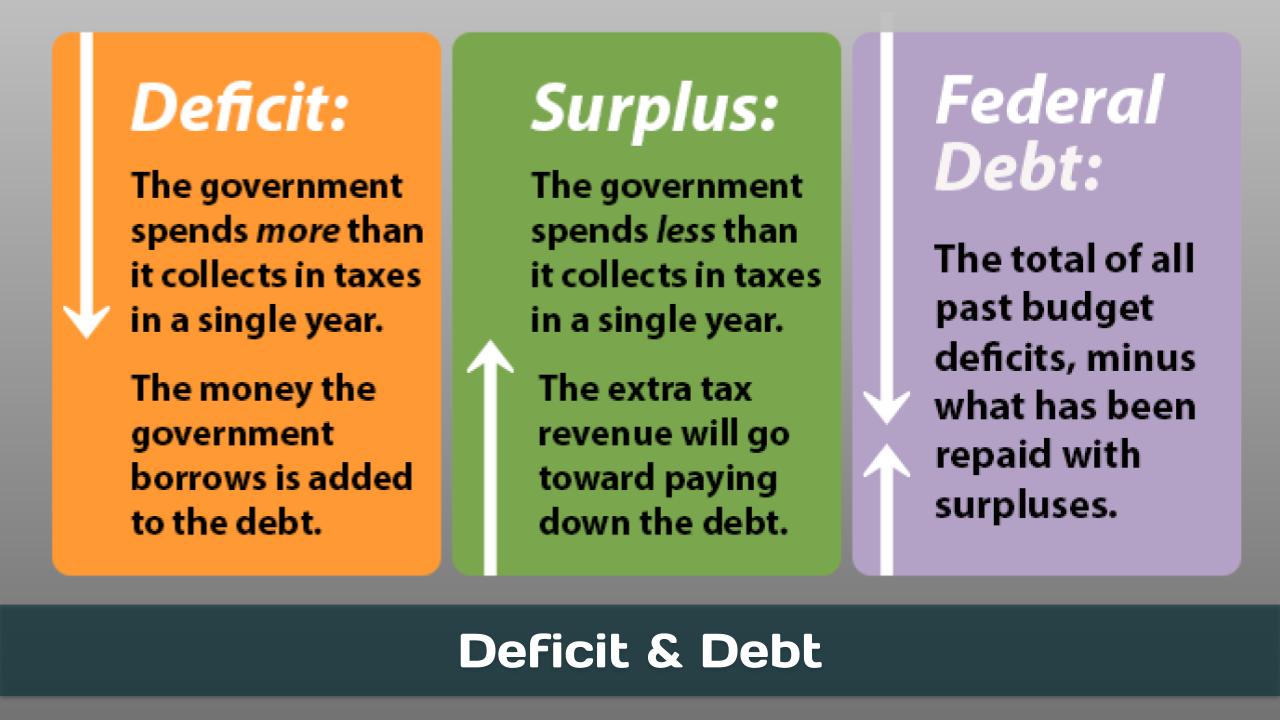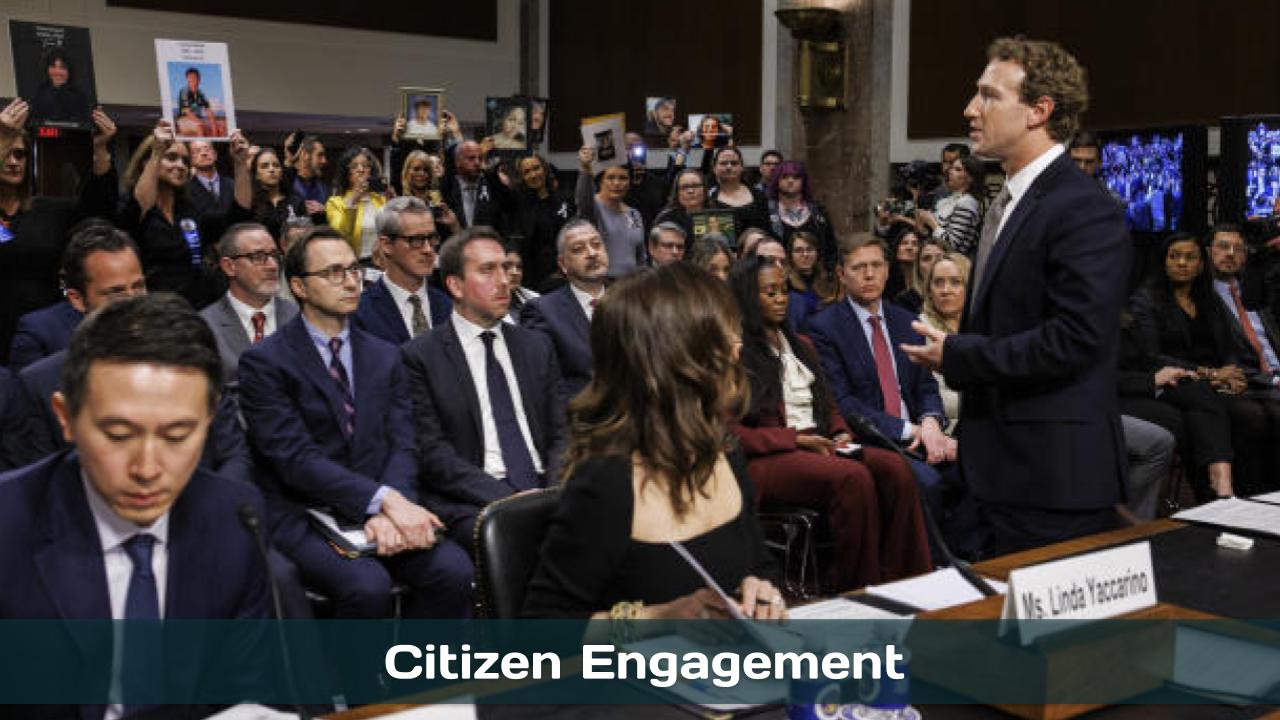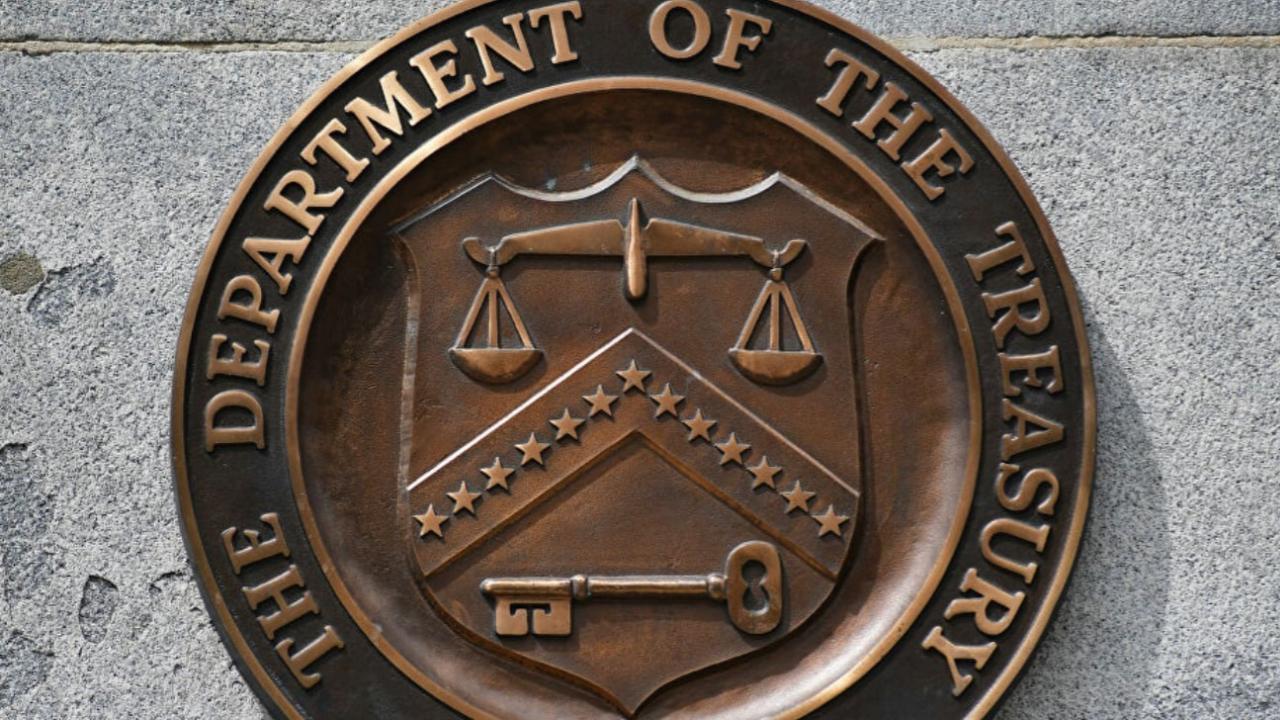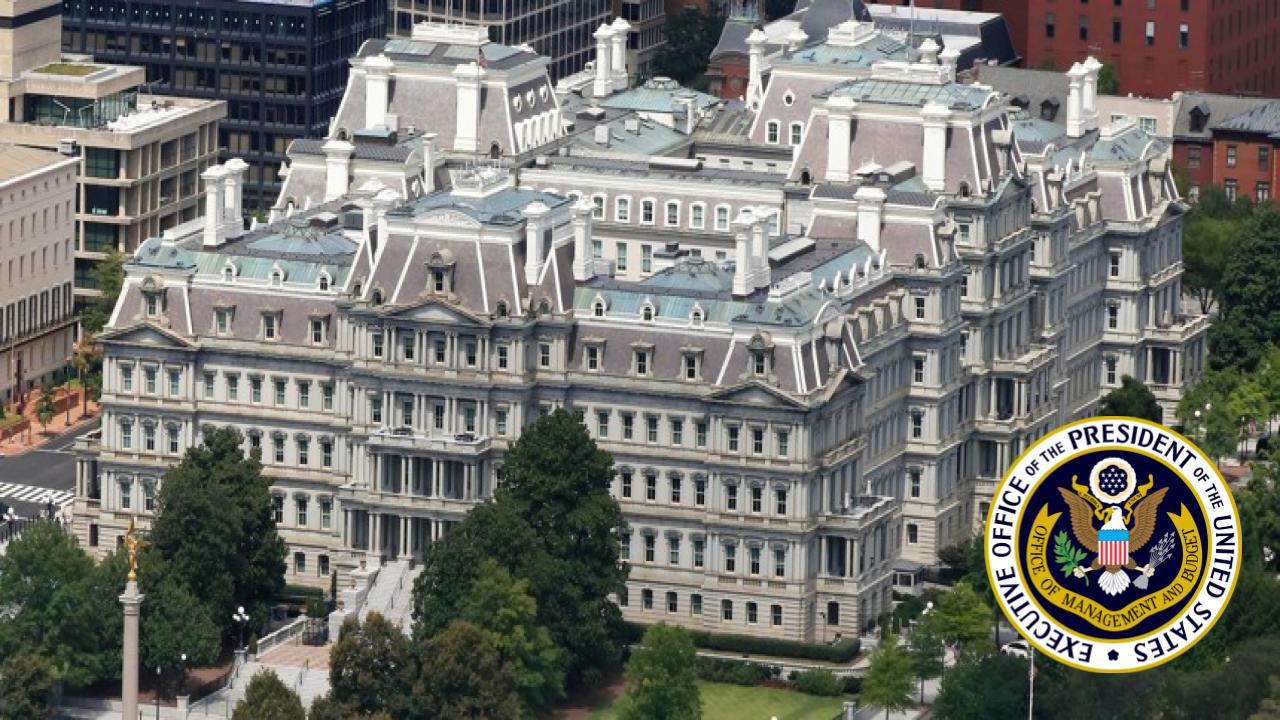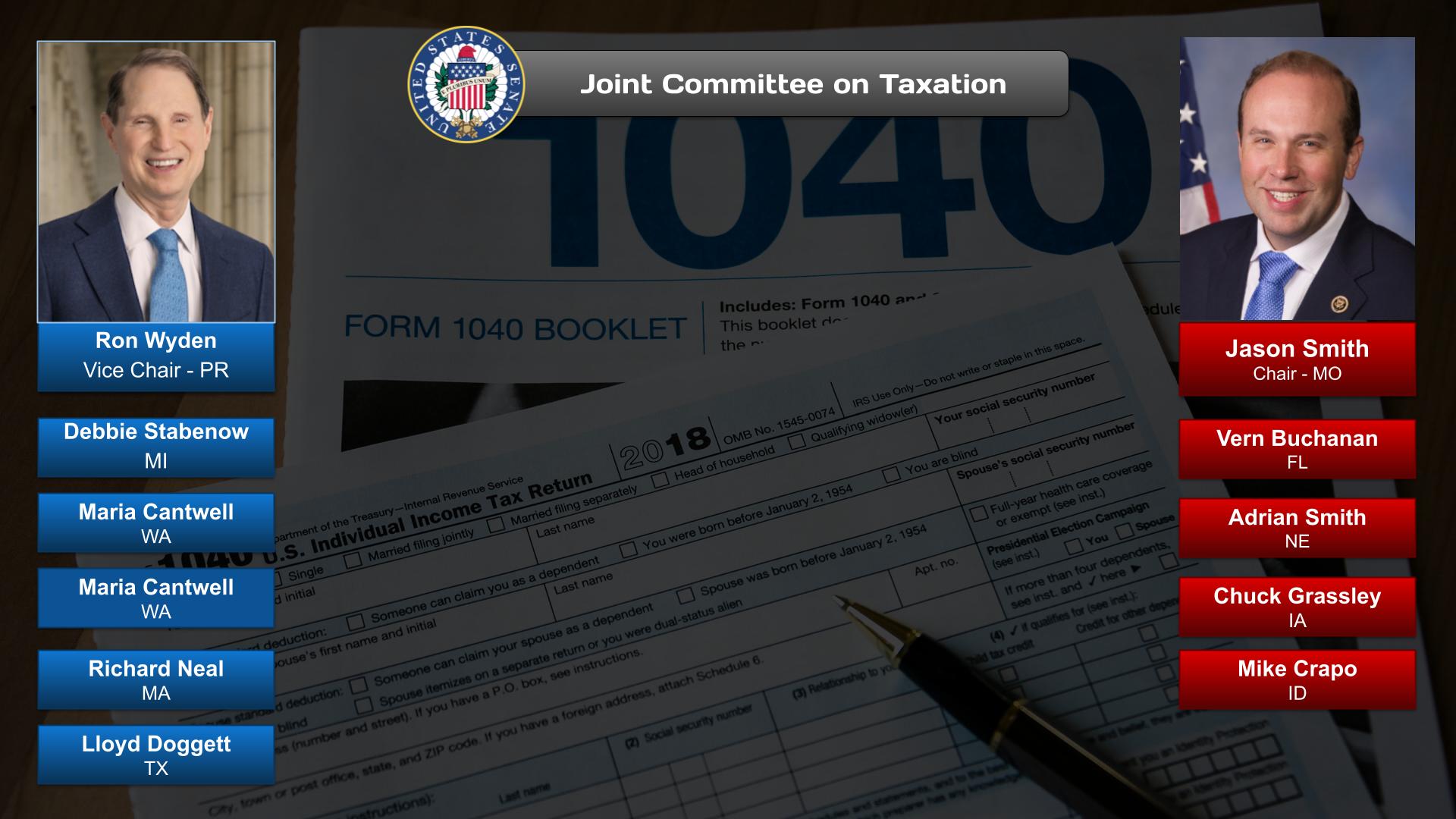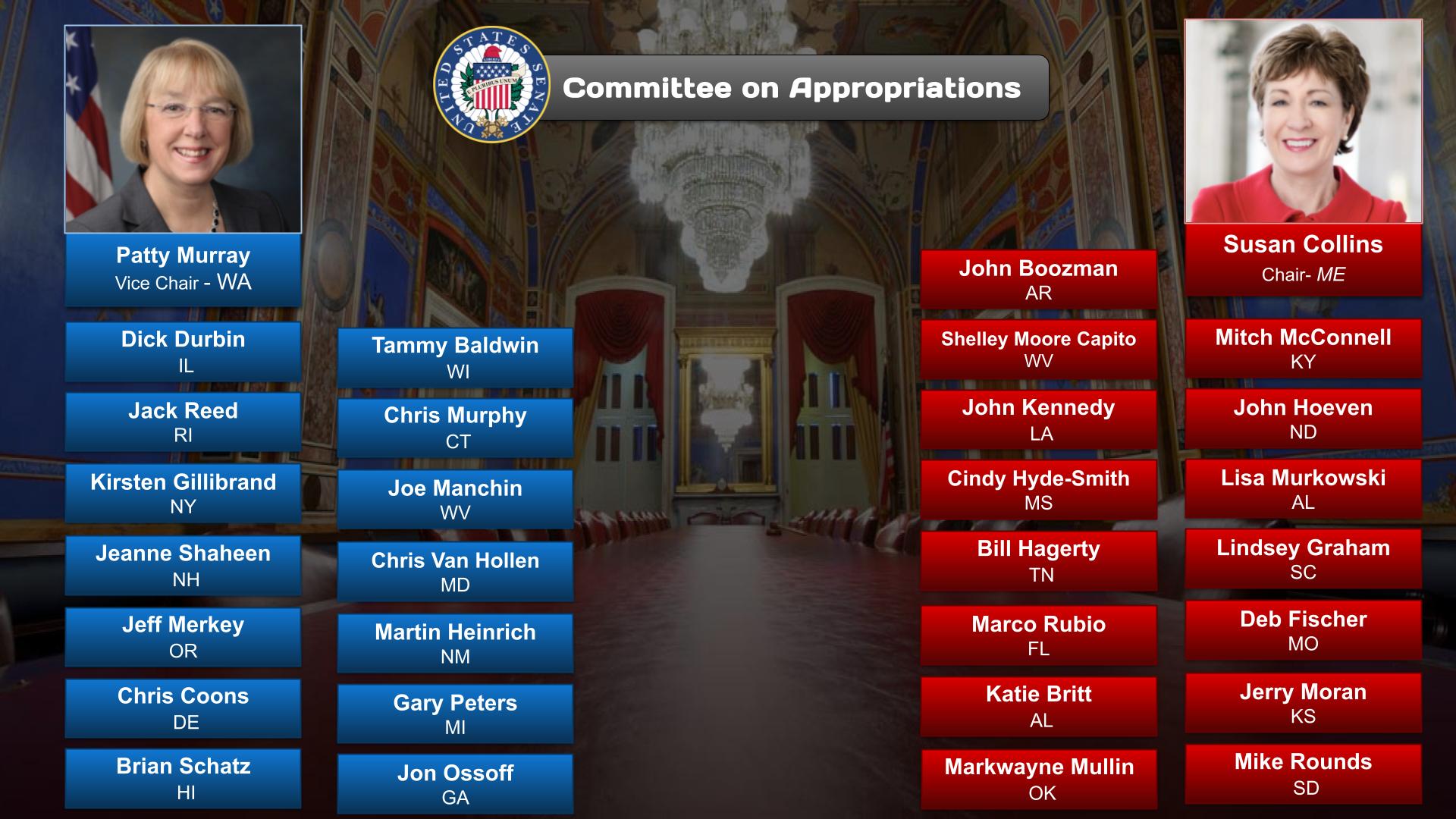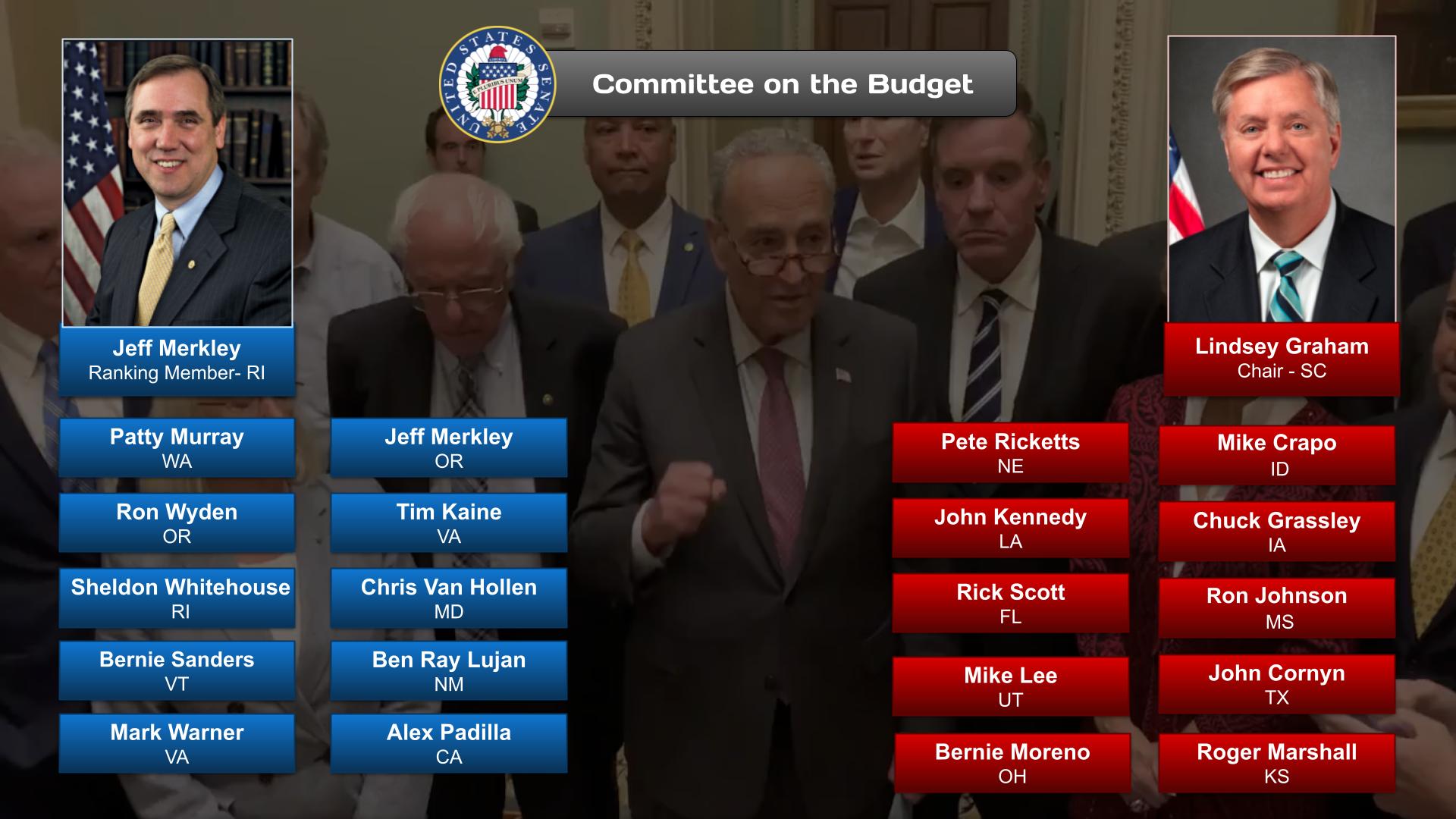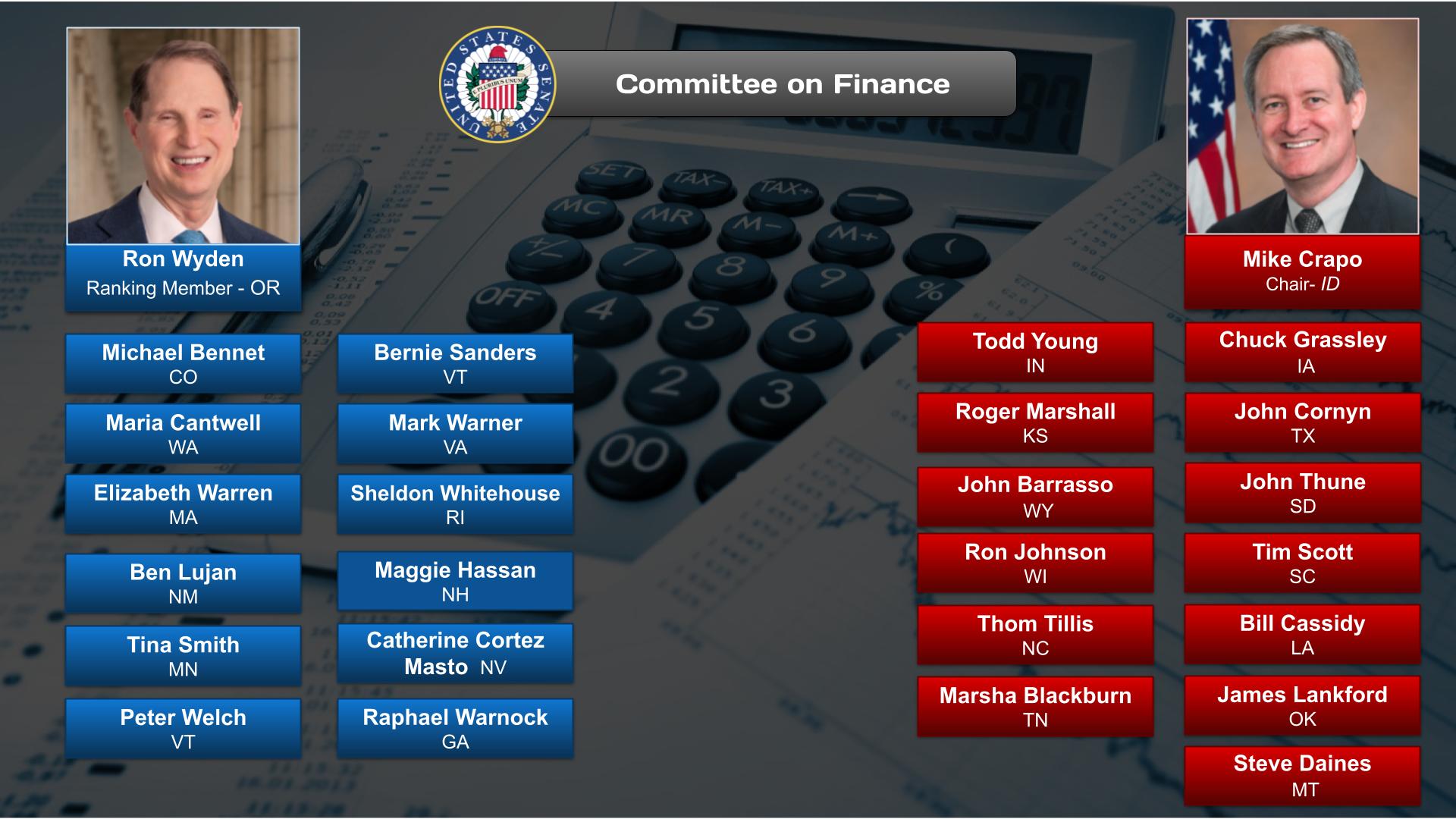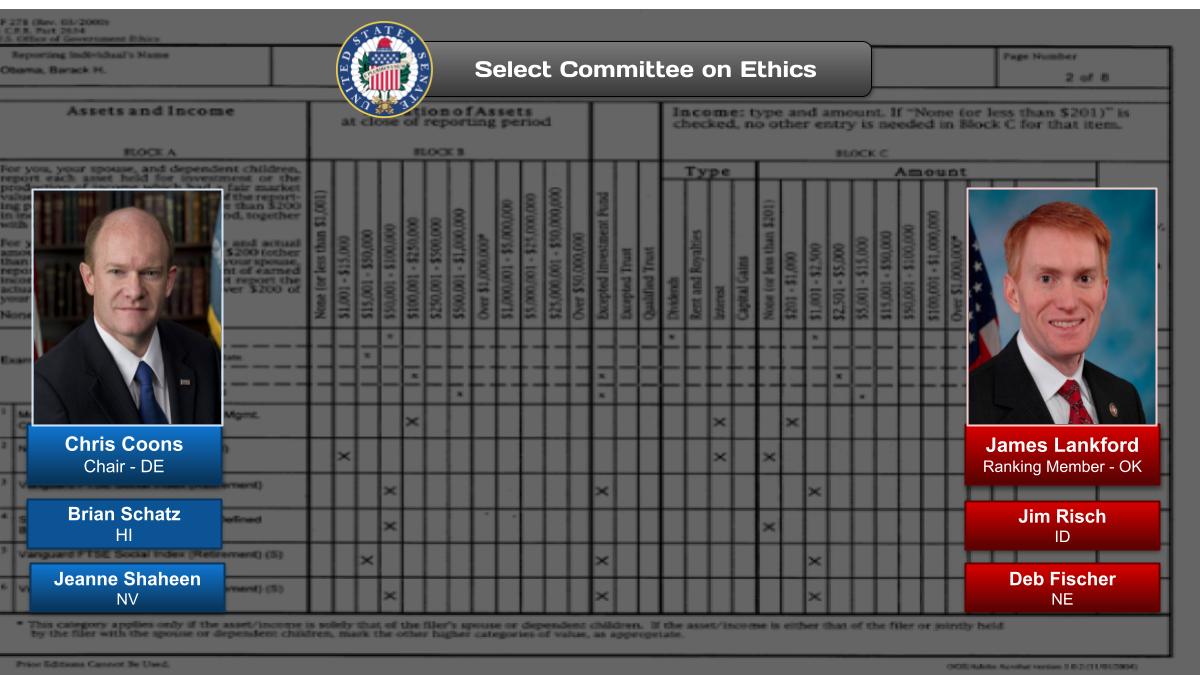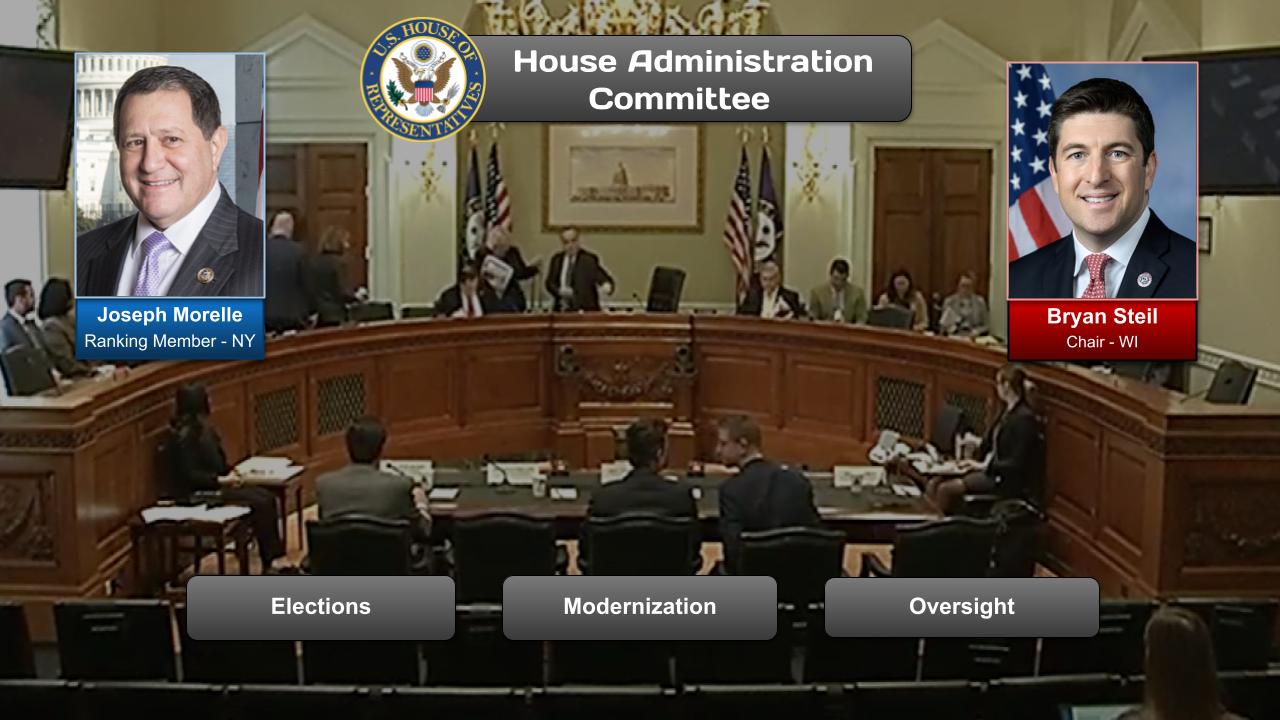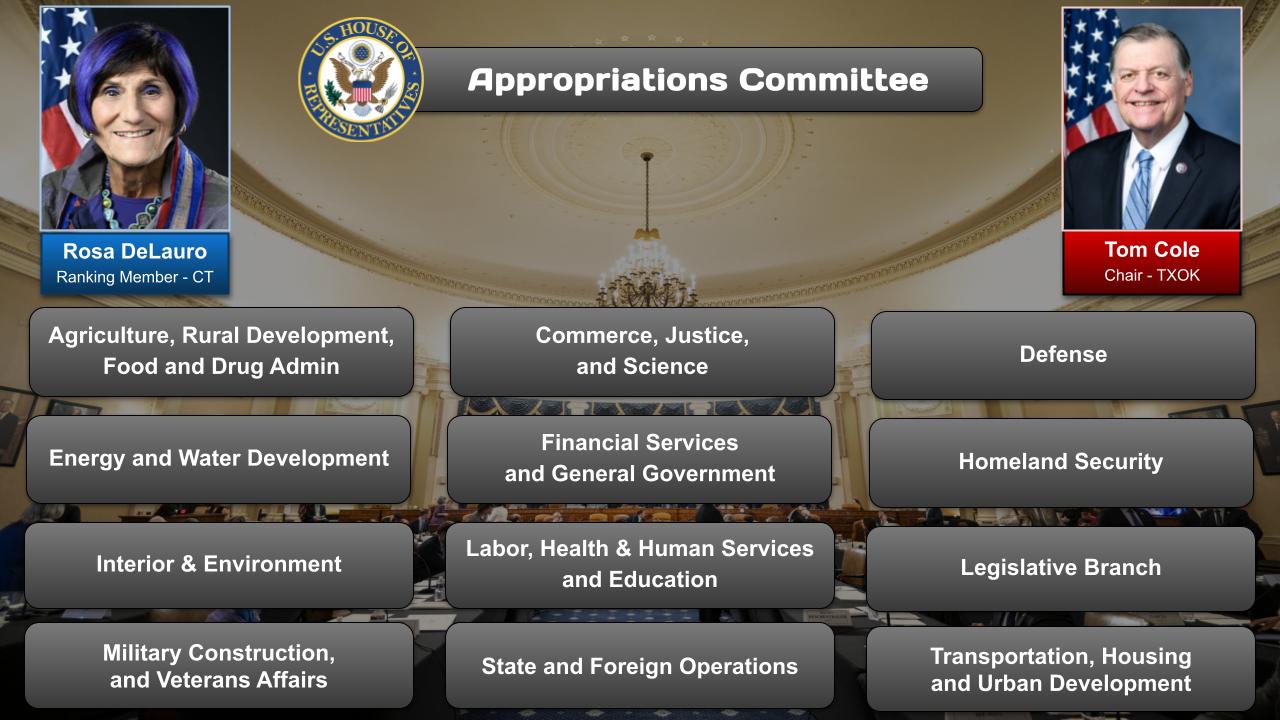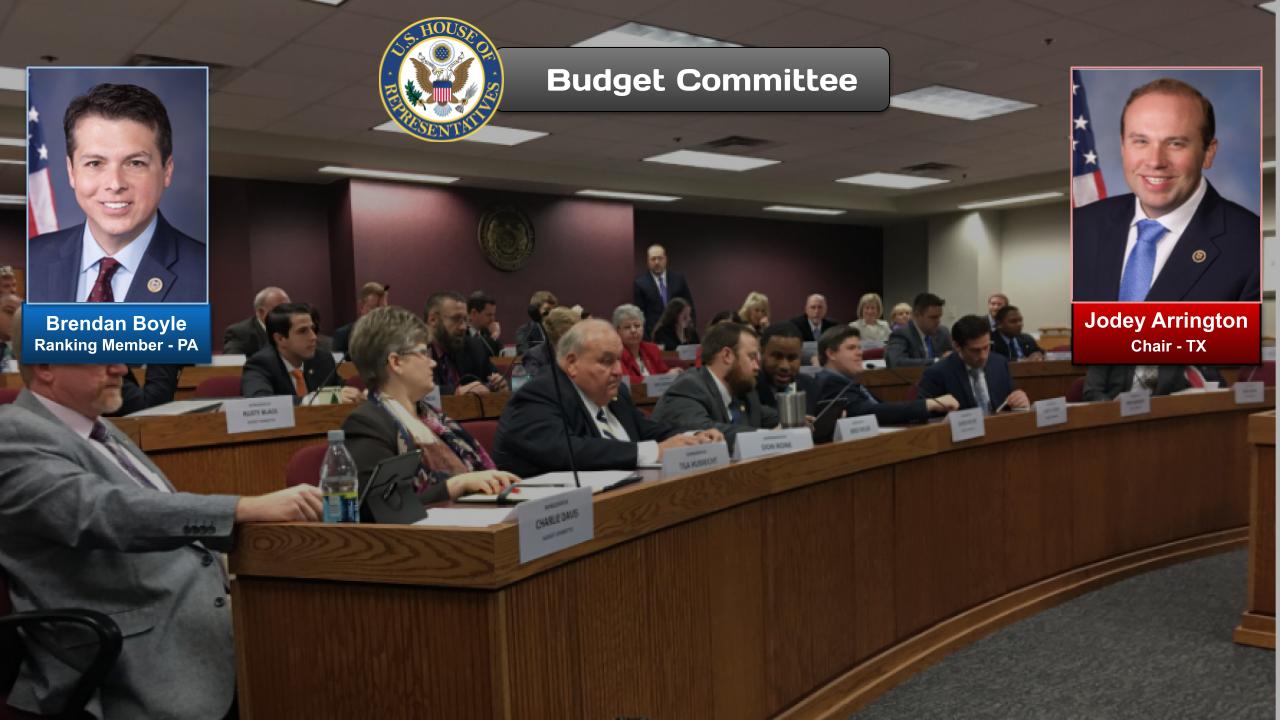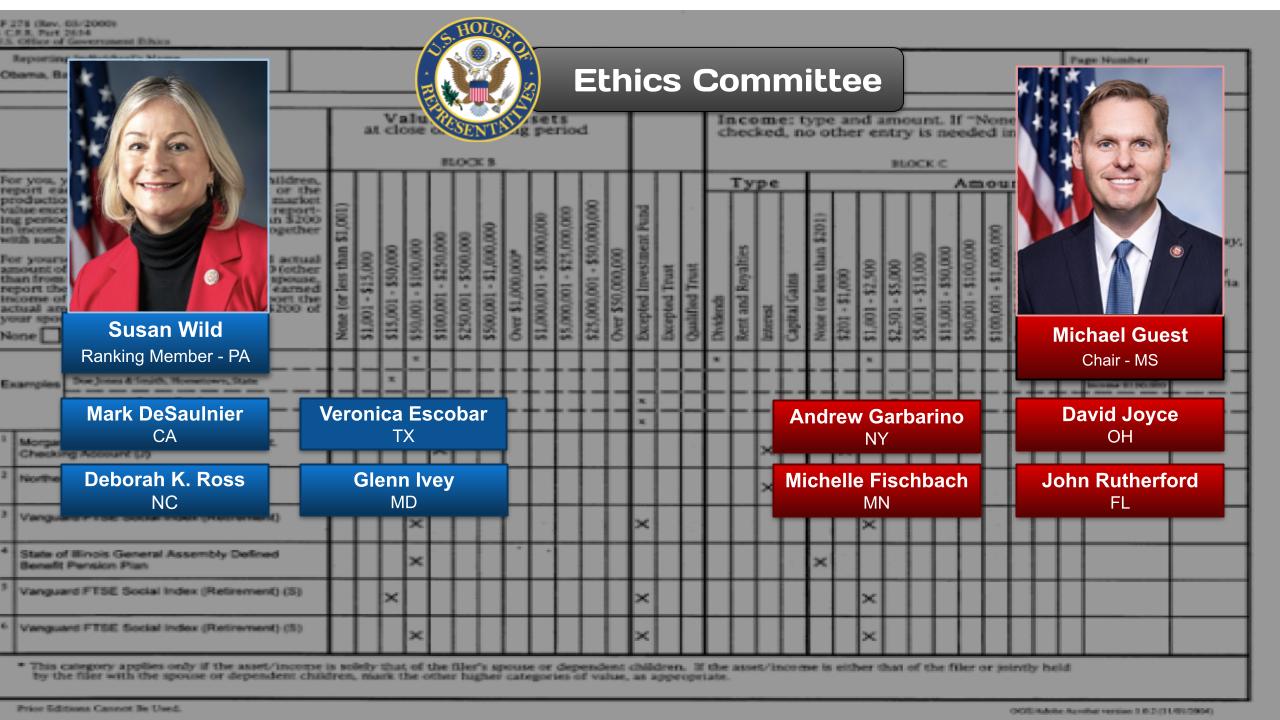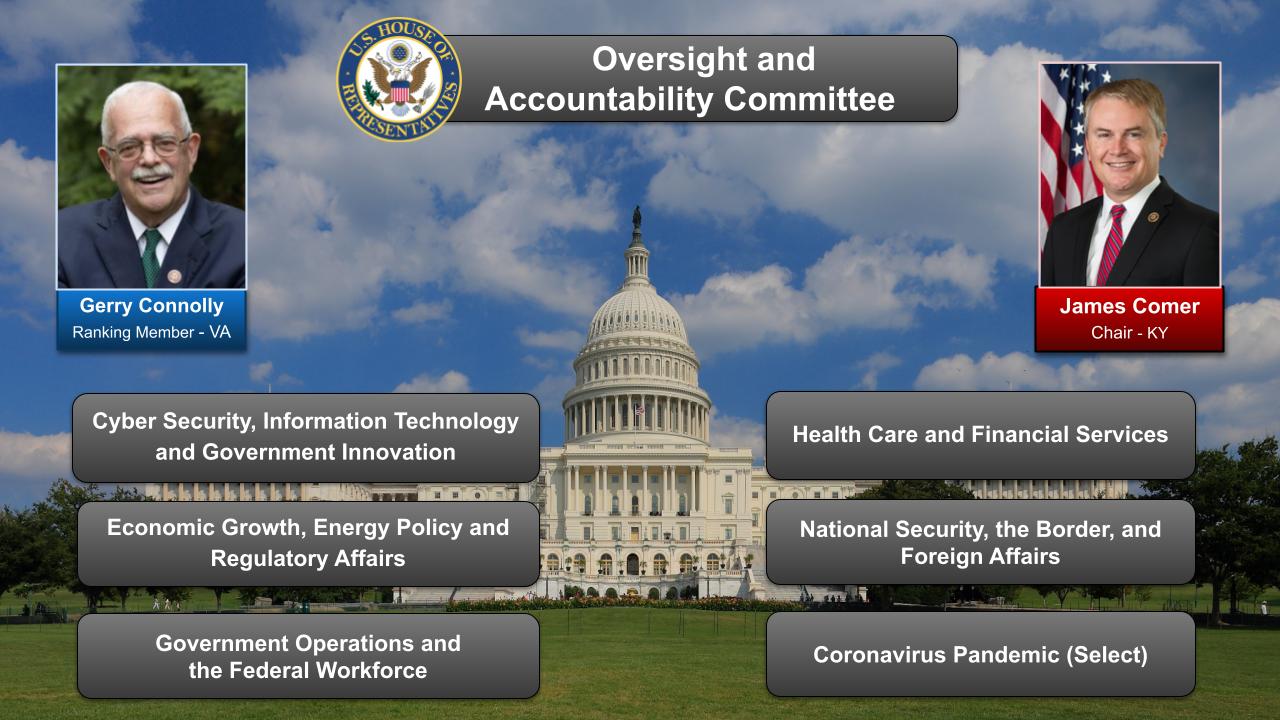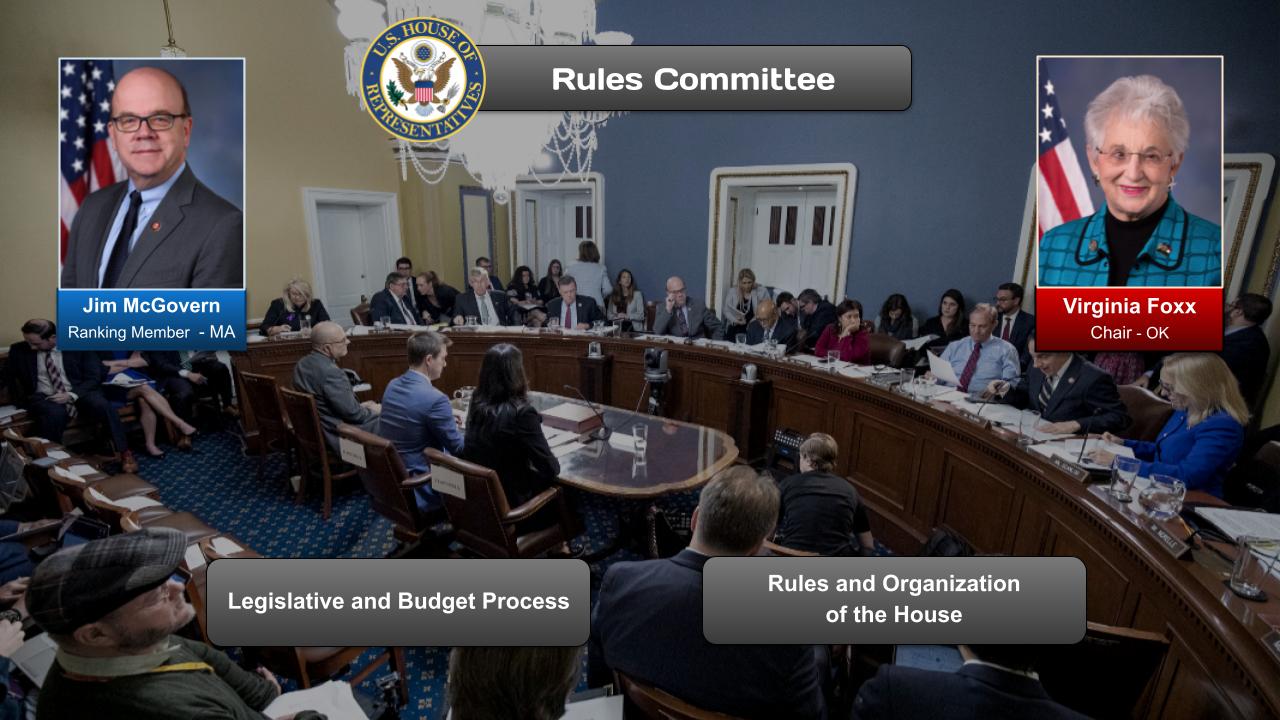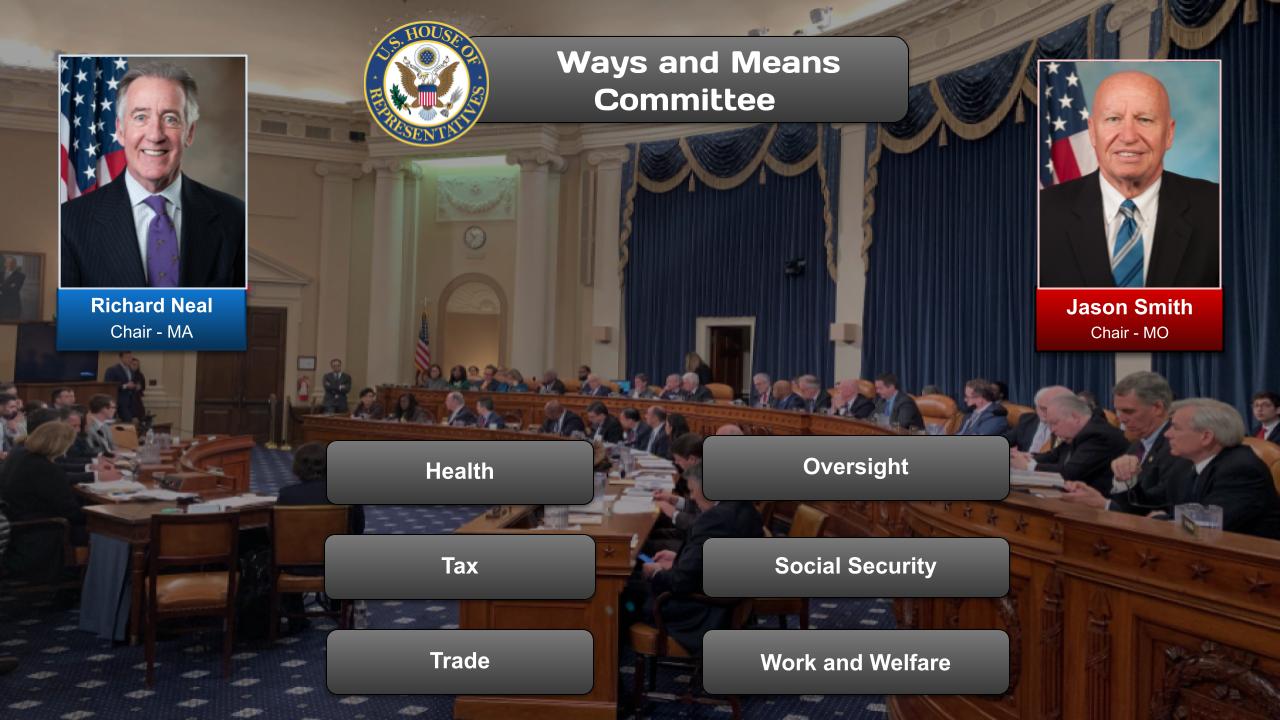The Federal Government of the United States is a complex system of institutions and agencies responsible for governing the country. It is based on the principles of democracy, republicanism, and federalism. The Federal Government is composed of three distinct branches: legislative, executive, and judicial, whose powers are vested by the US Constitution.
- To participate in ongoing forums, ask the post’s curators questions, and make suggestions, scroll to the ‘Discuss’ section at the bottom of each post or select the “comment” icon.
- There are many issues related to Federal Government that Congress is looking to address with legislation. In the ‘About’ section of this post is an overview of the issues and potential solutions, party positions, and web links. Other sections have information on relevant committees, chairs, & caucuses; departments & agencies; and the judiciary, nonpartisan & partisan organizations, and a wikipedia entry.
The Federal Government category has related posts and three posts on issues of particular focus: Regulations, Deficit & Debt, and Citizen Engagement.
Sunhak Peace Prize – 03/11/2020 (03:58)
https://www.youtube.com/watch?v=tHEx1Yv7rPs
Have you ever wondered what makes good governance? A part of our “What is…” series, “What is good governance?” explores the origin of the concept of governance and the characteristics that make it good. Watch to learn about good governance and see how you can also participate.
OnAir Post: Federal Government
